LBMCE at Dynamo Symposium
LBMCE’s Teams participated in the Dynamo Symposium at Collège de France and Normale Sup
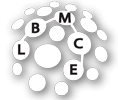
Laboratoire de Biologie Moléculaire et Cellulaire des Eucaryotes
Laboratory of Molecular and Cellular Biology of Eukaryotes
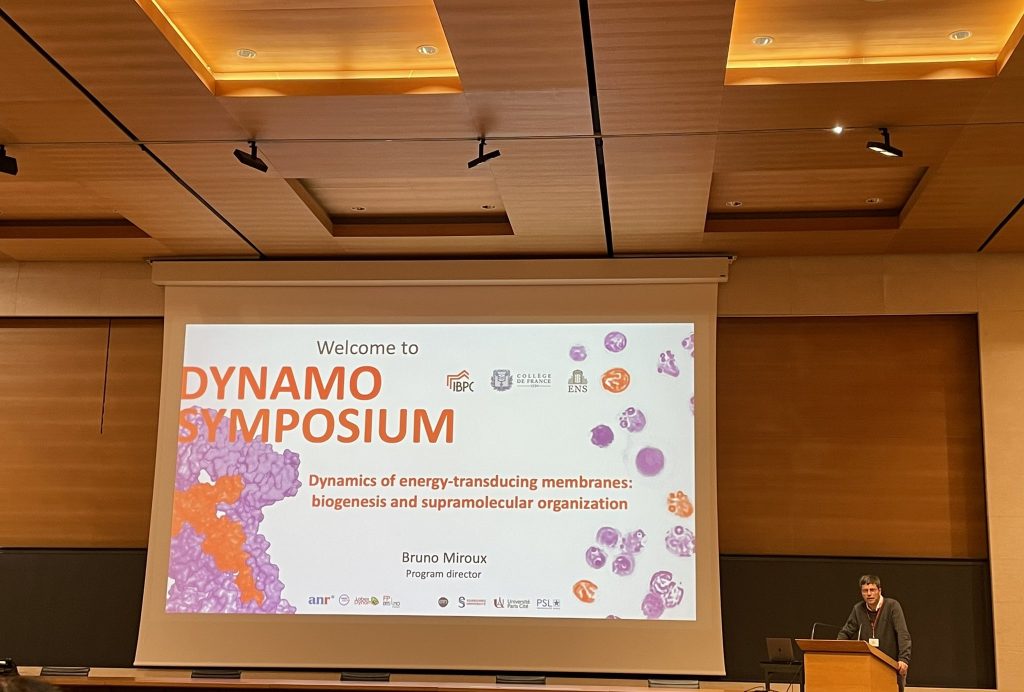
LBMCE’s Teams participated in the Dynamo Symposium at Collège de France and Normale Sup

The Telomere Biology and Functional Regulation and RNA Surveillance teams participated in the Yeast 2025 conference at Sorbonne University.
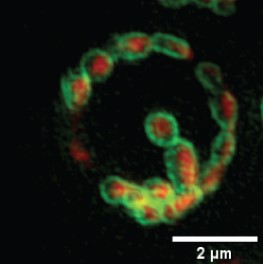
Mitochondria assemble in a dynamic tubular network. Their morphology is governed by mitochondrial fusion and fission, which regulate most mitochondrial functions including oxidative phosphorylation.
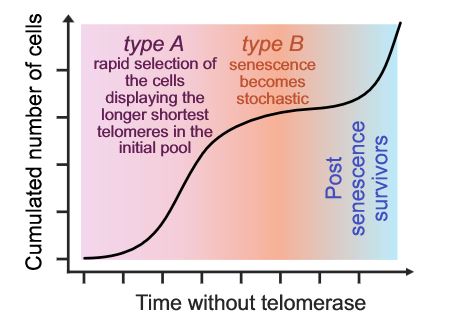
Telomere shortening ultimately causes replicative senescence.
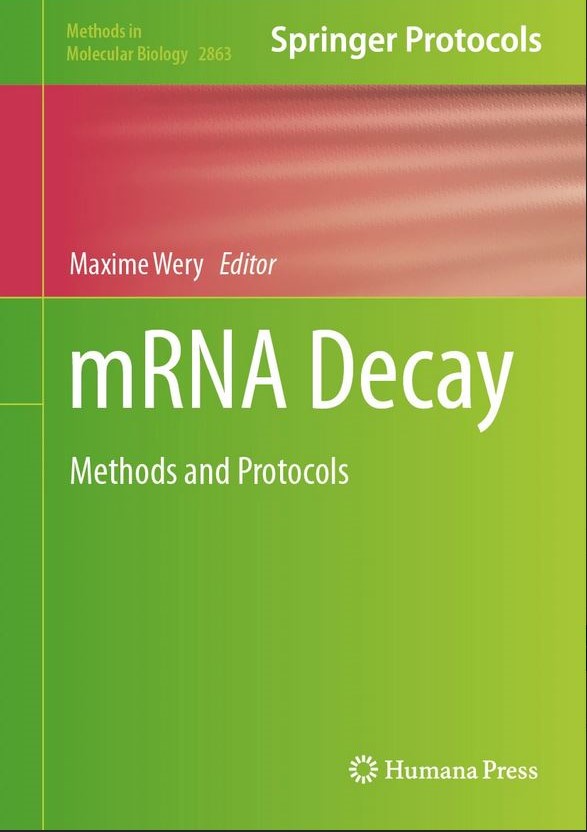
Northern blot, or RNA blot, is a widely used technique in molecular biology to detect and semi-quantify specific RNAs. The advantage of this method is its ability to simultaneously estimate the sizes and quantities of degraded or processed RNA products.
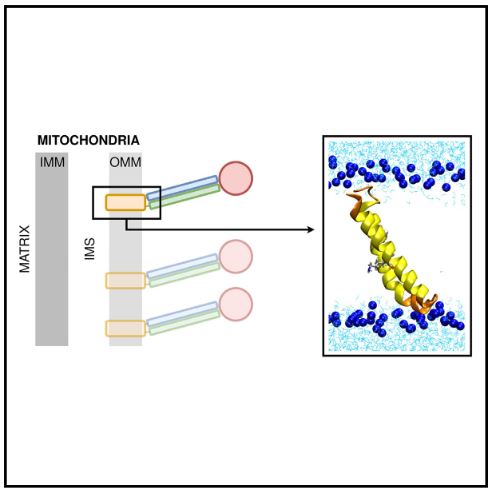
Outer mitochondrial membrane fusion, a vital cellular process, is mediated by mitofusins. However, the underlying molecular mechanism remains elusive.

Replicative senescence is triggered when telomeres reach critically short length and activate permanent DNA damage checkpoint-dependent cell cycle arrest.
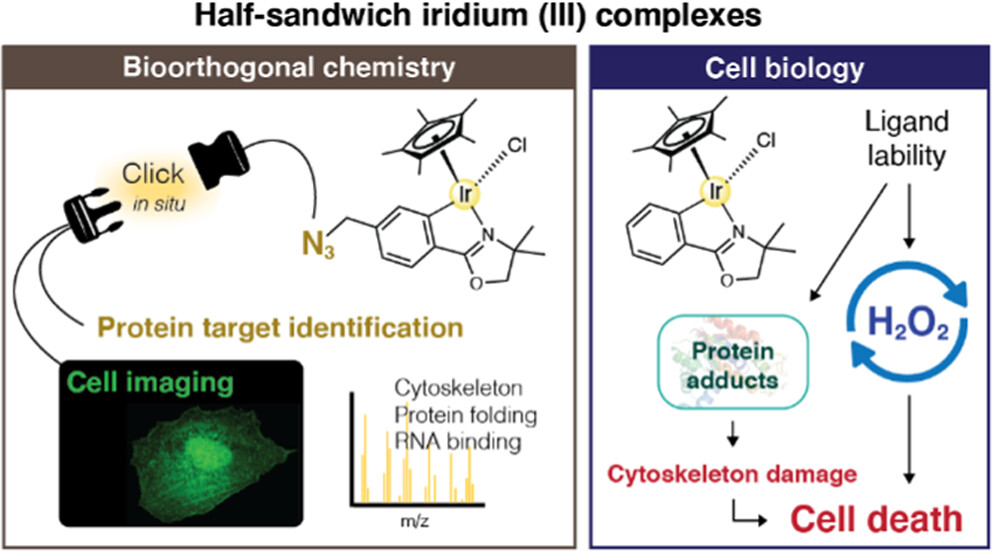
Identification of Cellular Protein Targets of a Half-Sandwich Iridium (III) Complex Reveals Its Dual Mechanism of Action via Both Electrophilic and Oxidative Stresses Robin Ramos , Anthi Karaiskou, Candice Botuha, Sadek Amhaz, Michaël Trichet, Florent Dingli, Jérémy Forté, France Lam, Read more
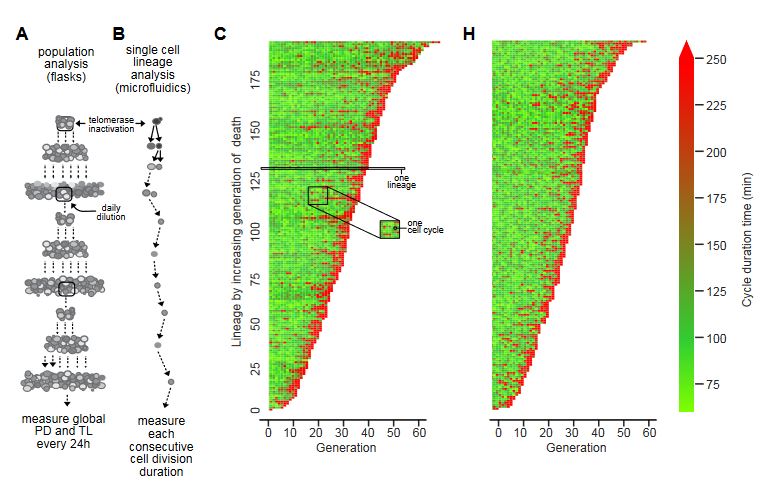
Individual cell fate and population dynamics revealed by a mathematical model linking telomere length and replicative senescence A. Rat, M. Doumic, M. T. Teixeira and Z. Xu. Progressive shortening of telomeres ultimately causes replicative senescence and is linked with aging Read more
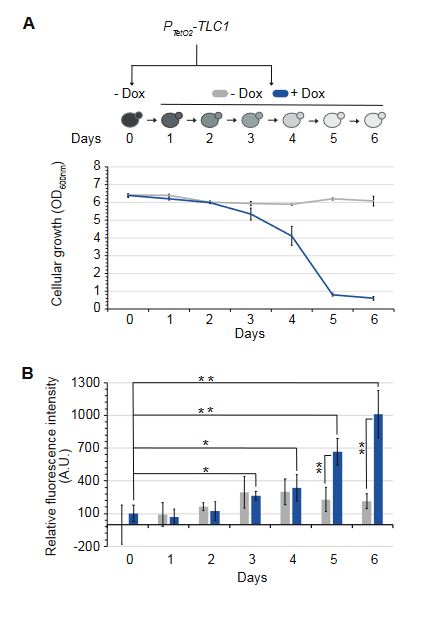
« Hog1 acts in a Mec1-independent manner to counteract oxidative stress following telomerase inactivation » Bechara Zeinoun, Maria Teresa Teixeira and Aurélia Barascu Replicative senescence is triggered when telomeres reach critically short length and activate permanent DNA damage checkpoint-dependent cell cycle arrest. Read more
Tel : +33 (0)1 58 41 50 30
Send an email